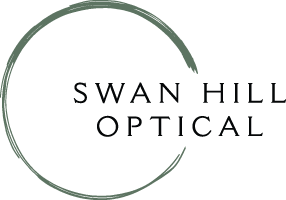Eye Examinations

A good eye examination is complicated and takes time. Your optometrist will complete:
- A conversation about your general health, medical history and visual health.
- Internal eye examination – There are a few ways we can have a look inside your eye. Optometrists use testing equipment such as a slit lamp and retinal camera to capture information and images that can show internal structures and diseases.
- External eye examination – A check of the outside of the eye consists of inspection of the eyelids and surrounding area. The clear front and white areas of the eye can be inspected by having the individual look up, and shining a light while retracting the upper or lower eyelid. The position of the eyelids are checked for normal position and function.
- A test of how clearly you see – Examples of vision problems are myopia (short-sightedness), hyperopia (far-sightedness), and astigmatism (general focussing problems). In optometry, a “refraction” procedure is the measurement of refractive error for the purpose of correcting the error with glasses, contact lenses, or refractive surgery.
- How well your eyes work together as a team – the two eyes do not always work optimally and may need some help. Our optometrists visually assess the eyes for deviations that could result from malalignment, less than ideal muscle dysfunction, or nerve problems. Movement can be assessed by checking response to a moving object and other special tests.
- How well you see colour – Sometimes people have trouble with seeing colour in the way that most of us do. A simple test can identify a problem.
To book an appointment, please select an Optical Centre below.

